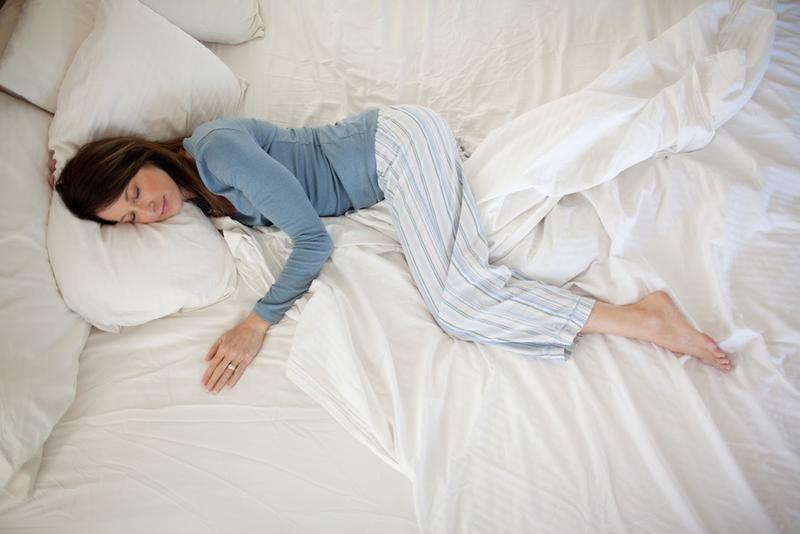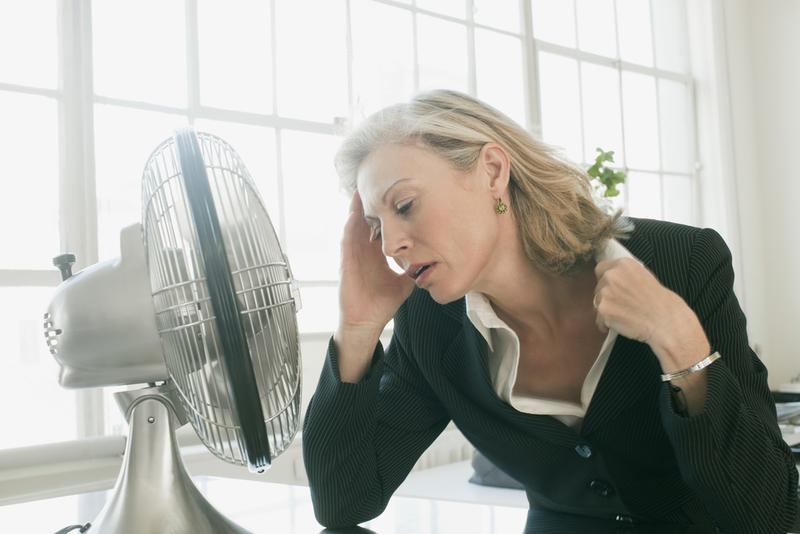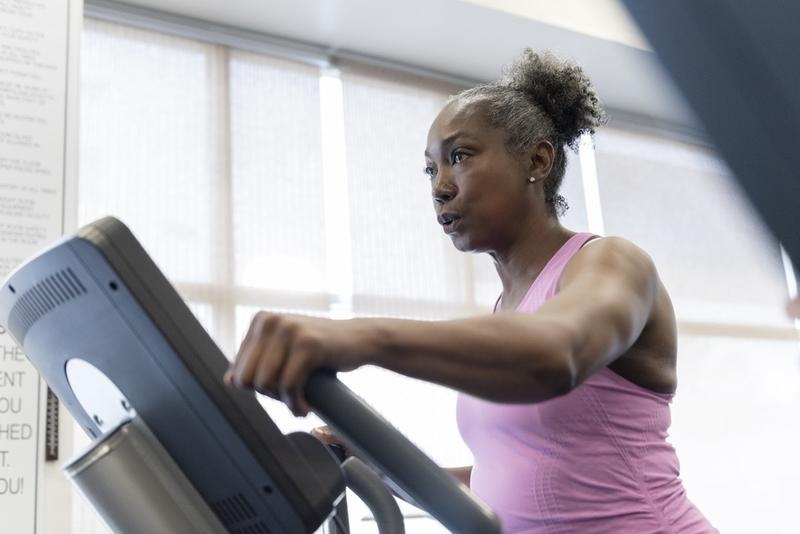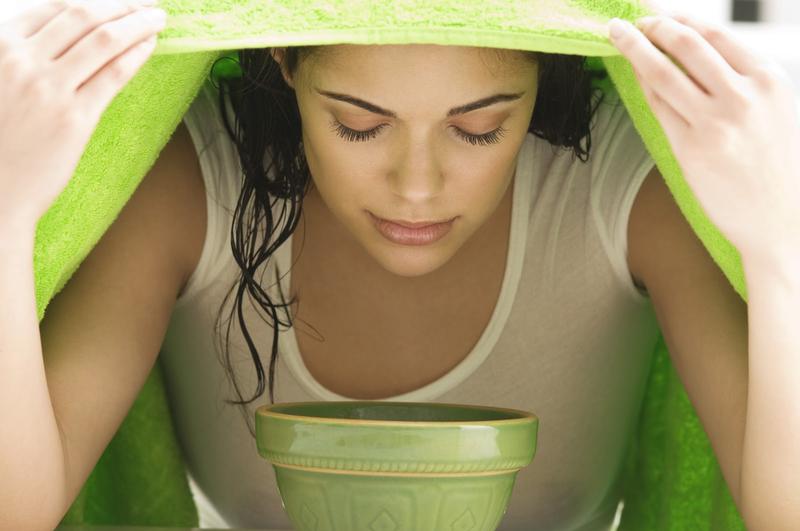
Shortness of breath describes the sensation of not being able to breathe in a sufficient amount of air. Medically speaking, this state is known as dyspnea, and, in some cases, can be a symptom of serious health problems, such as lung cancer or cardiac events. However, in most cases, shortness of breath results from non-life threatening conditions, such as an episode of anxiety or a period of strenuous exercise. Other factors, such as inactivity over time or higher altitudes, can also contribute to shortness of breath.
If you regularly feel that you can’t get enough oxygen, and that feeling is accompanied by chest pain, fever, wheezing, tightness in the chest or throat, and/or swollen feet and ankles — or if it’s impeding you from participating in regular day-to-day activities — then you should seek emergency medical attention. On the other hand, if your shortness of breath is intermittent (or comes and goes), you should schedule an appointment with a healthcare professional to get to the root of the issue. In the meantime, we’ve collected some things you can do to mitigate your shortness of breath.
Make Some Physical Changes
Change Positions

Whether your shortness of breath occurs during the daytime or at night while you’re sleeping, making some changes to the way you position your body may improve your overall breathing quality. During the day, sit down in a chair and lean forward. Keep your feet flat on the floor and rest your elbows on your knees. If possible, lay your head on a table when experiencing shortness of breath. Unable to sit down? Lean back against a wall.
If your shortness of breath occurs at night, try placing pillows under both your knees and head for support. Prefer to sleep on your side? Try putting an extra pillow between your knees in addition to elevating your head.
Pursed Lip Breathing
In addition to changing your sleeping position or posture, there are certain ways of breathing that may help to ease shortness of breath. While sitting or standing, try breathing in through your nostrils to naturally fill your lungs; next, exhale through the mouth — slowly — while keeping your lips pursed, as if blowing out a candle. This helps to slow your heart rate and can facilitate a sense of relaxation as well.
Need a more detailed guide? According to MedlinePlus, practicing your pursed lip breathing is important. Try it when you’re watching TV, for example, so that when you climb the stairs or feel anxious, you can mitigate that shortness of breath. As outlined by MedlinePlus (see below), follow these steps:
- Relax the muscles in your neck and shoulders.
- Sit in a comfortable chair with your feet on the floor.
- Inhale slowly through your nose for 2 counts.
- Feel your belly get larger as you breathe in.
- Pucker your lips, as if you were going to whistle or blow out a candle.
- Exhale slowly through your lips for 4 or more counts.
- Exhale normally. DO NOT force the air out. DO NOT hold your breath when you are doing pursed lip breathing. Repeat these steps until your breathing slows.
Cool Down Your Space
If your shortness of breath is exercise-related or heat-induced, try cooling down your surrounding environment. Even a small, handheld fan can help improve your breathing, but, if your shortness of breath is related to a more serious health condition, this method might not work wonders. In fact, cool air may make your chest feel tighter. So, as always, consult with a medical professional before investing in cooling products.

It’s also important to note that a better airflow might help you avoid the environmental pollutants and allergens that may be triggering your breathing problems.
Try to Incorporate Movement Into Your Daily Routine
Individuals who are overweight or obese may struggle with shortness of breath due to increased pressure on their chest and lungs. At any weight, some folks may experience shortness of breath if they are not accustomed to cardio activity. To improve your endurance, try incorporating a manageable amount of movement into your routine. A full-body workout isn’t necessary at first; instead, think of it as taking small steps to build stamina.

And, while you’re making these lifestyle changes, reducing the amount you smoke, or quitting altogether, can help improve heart and lung health.
Humidify the Air in Your Environment
Inhaling steam or humidified air can help open up your airways, especially if your breathing problems stem from allergies — or any illness that causes mucus buildup. Don’t want to invest in a humidifier? There are some other great, at-home solutions.

While taking a hot shower is one way to breathe in humidified air, you can also fill a bowl with boiled water; lean over said bowl; and drape a towel over your head to trap the steam particles in your little enclosed space. Remember to inhale deeply. If you’re a fan of essential oils, adding some eucalyptus or peppermint might be nice, but be aware that for individuals with asthma or chronic lung conditions these add-ins can prove irritating.
Resource Links:
- “Shortness of Breath” via Mayo Clinic
- “COPD” via National Heart, Lung, and Blood Institute
- “Shortness of Breath” via American Cancer Society
- “Warning Signs of Heart Failure” via American Heart Association
- “How to breathe when you are short of breath” via MedlinePlus





